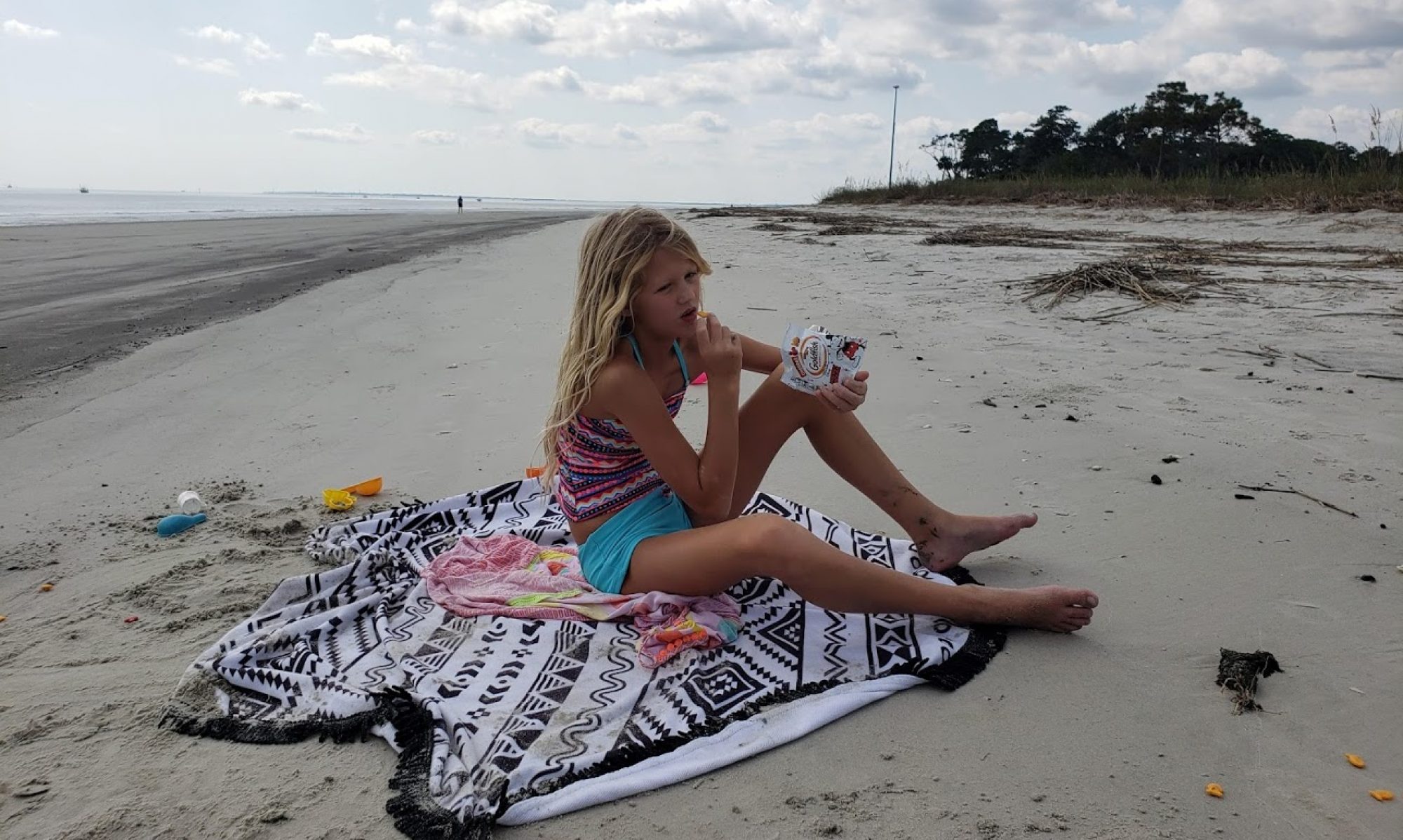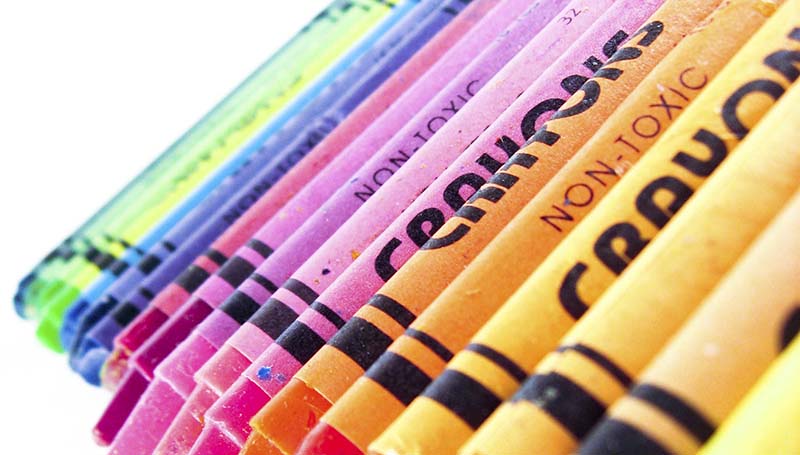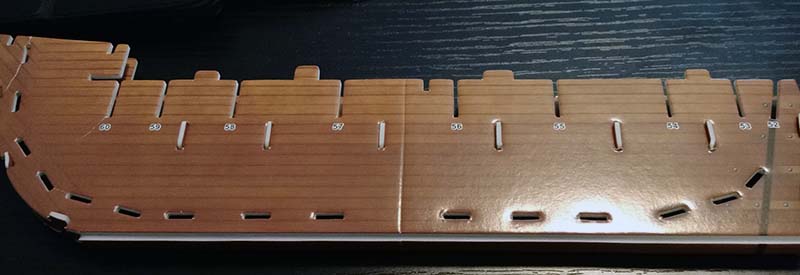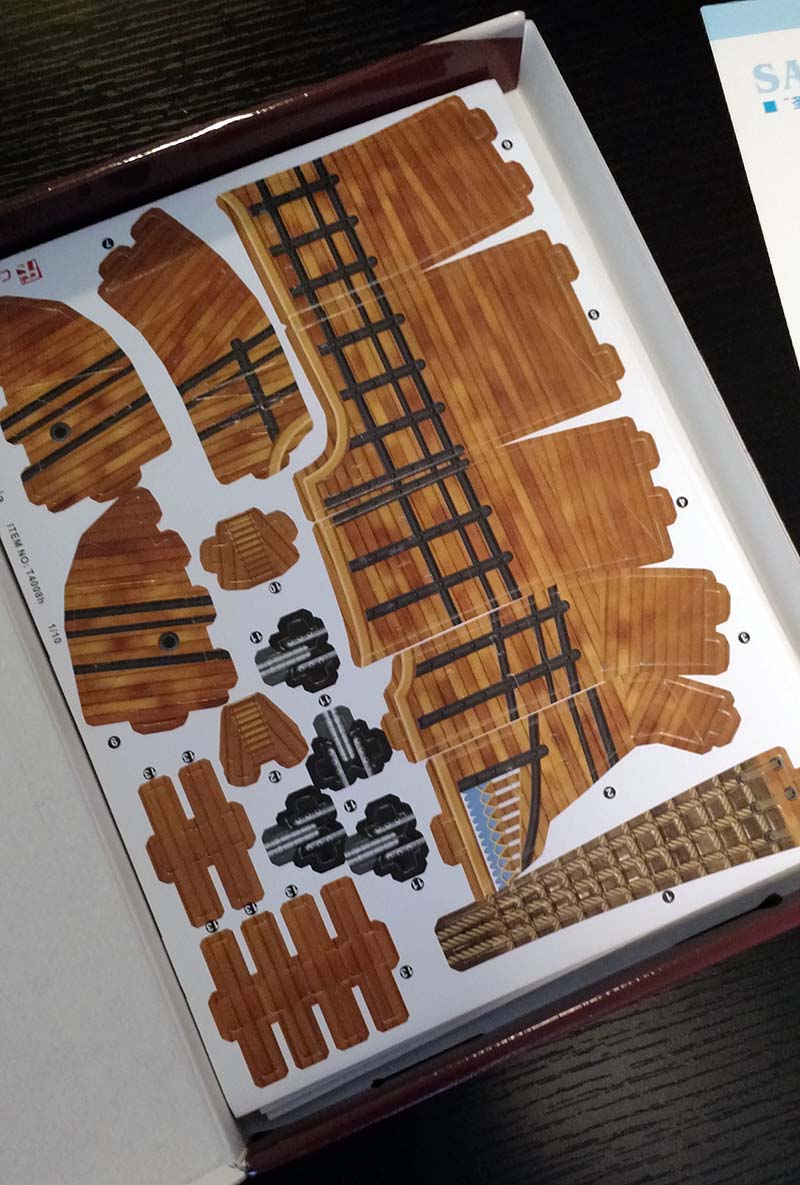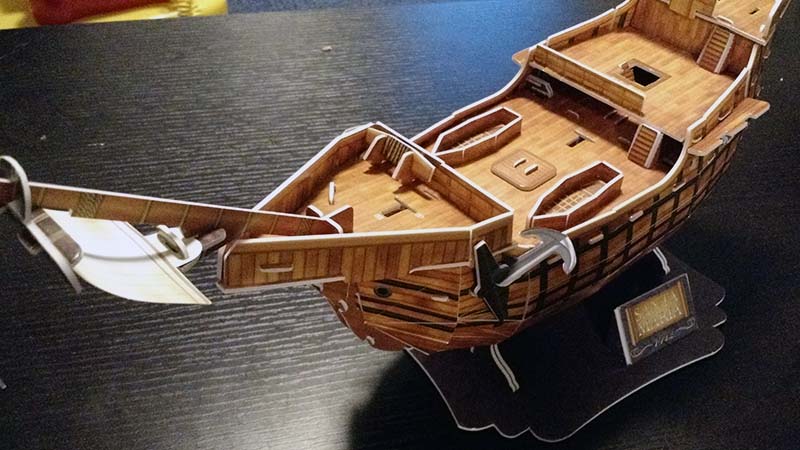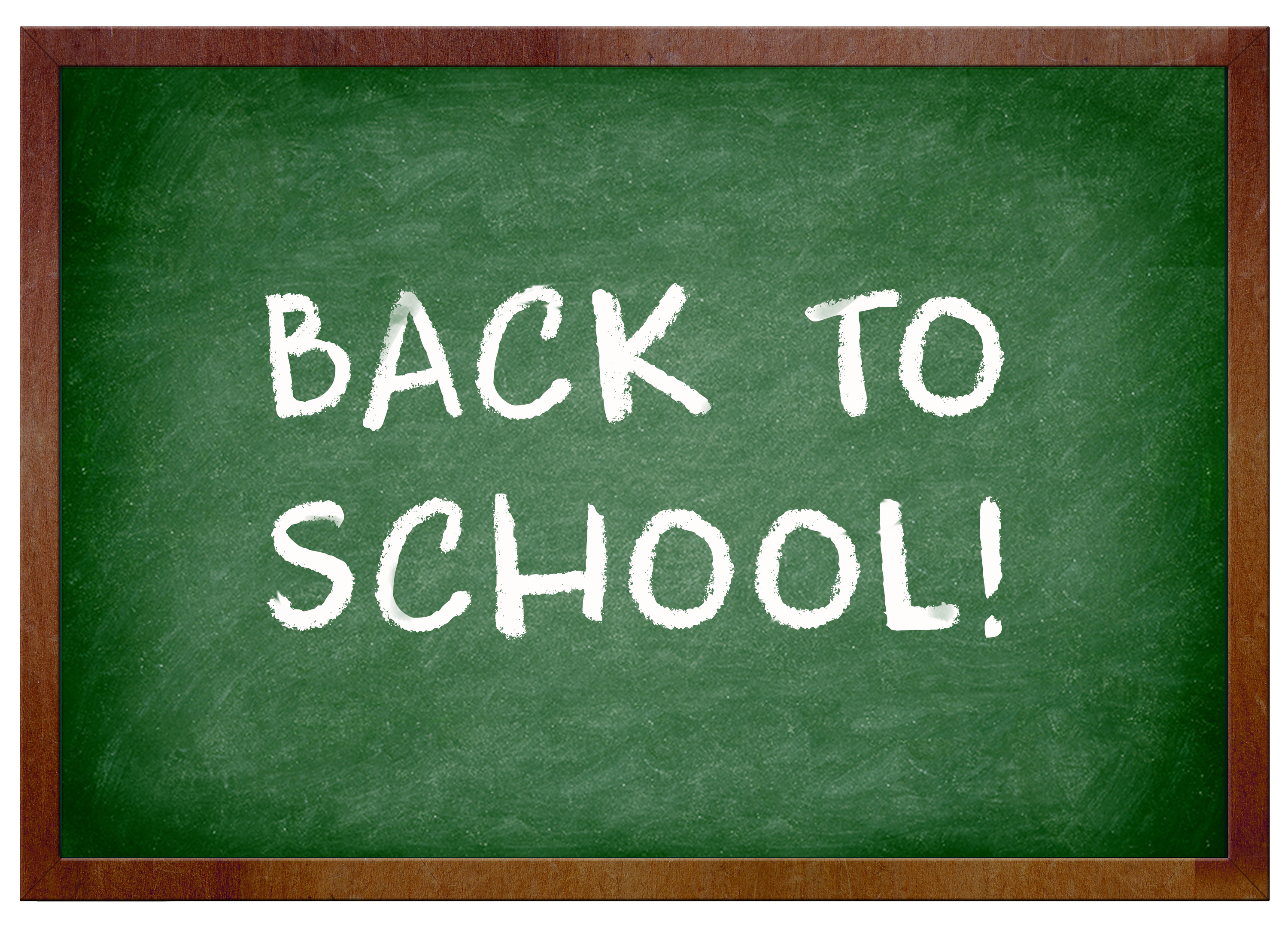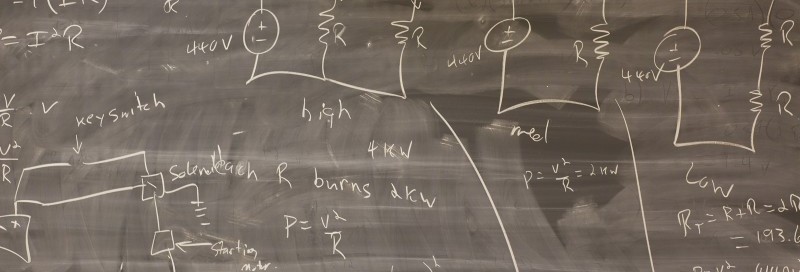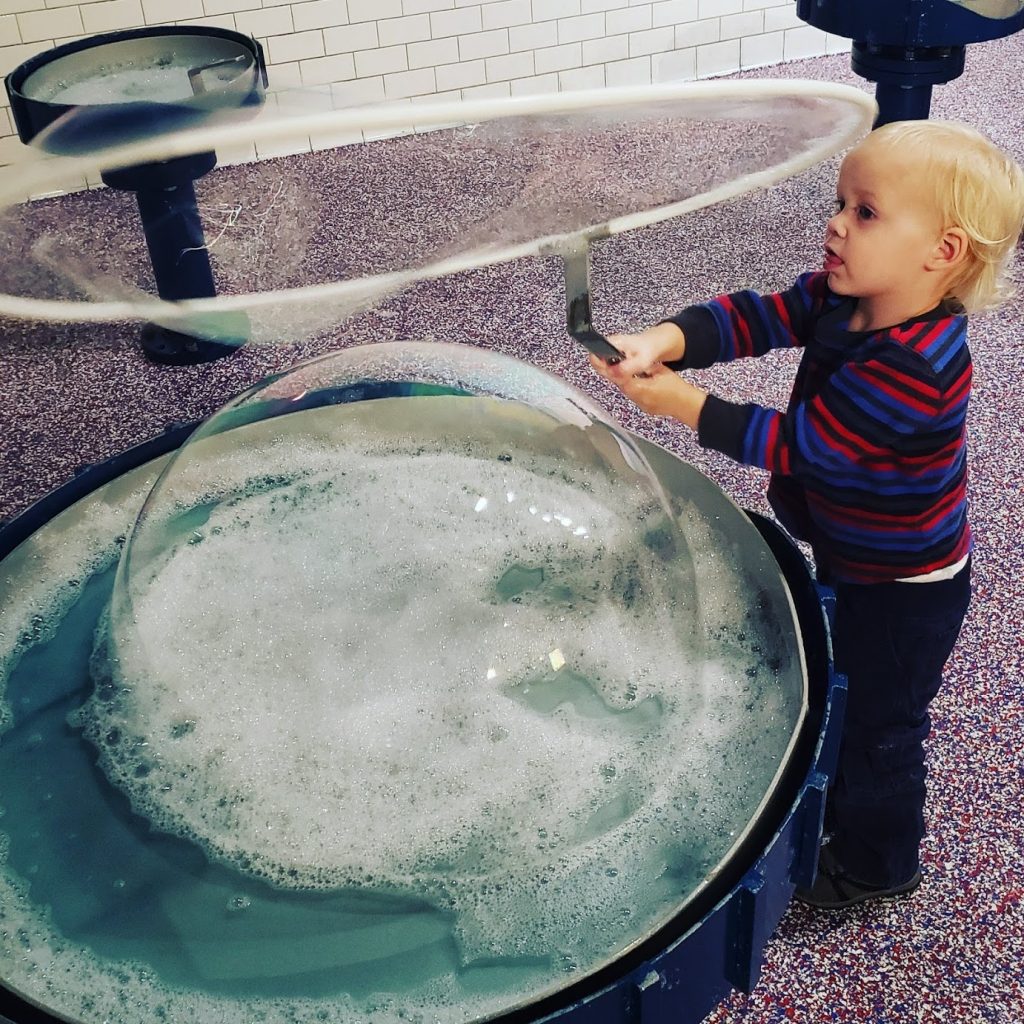
PIGEON FORGE, Tennessee – (August 19, 2020) – WonderWorks Pigeon Forge is offering a range of new educational opportunities for the fall of 2020. With both in-person and virtual options, WonderWorks is expanding upon current programs and adding new ones to be a part of the new education “normal” 2020 is bringing. These programs come at a time when many parents and teachers are searching for additional educational opportunities for their students, to help enhance the virtual and homeschool learning environment many families are opting into.
“We understand the educational experience this year will look different, but we want to be a place where education meets entertainment,” explains Ed Shaffer, general manager for WonderWorks Pigeon Forge. “We’re excited to offer our new virtual Learning Labs, as well as the Sm-ART Art Contest.”
Educational opportunities being offered by WonderWorks this fall include:
SM-ART Art Contest – WonderWorks Tennessee is launching an annual Smoky Mountain art contest for local student artists. All semester long, students can submit their artwork to be featured in the iconic upside-down house. This year’s contest theme is “Time to Think.” Submissions will open on September 8, 2020. Selected winners will receive four free tickets to WonderWorks to be able to see their artwork on display in the gallery. Additional information and submission forms can be found online: https://www.wonderworksonline.com/pigeon-forge/art-contest/.
Virtual Learning Labs – New this year, WonderWorks will offer Professor Wonder’s Virtual Learning Labs which cover in-depth explorations of topics such as the principles of pressure, the states of matter, severe weather topics, the water cycle, adaptation, and more. This program was developed as a way to meet the needs of teachers and students looking to enhance their distance learning experience during these unprecedented times. More information can be found on their website: https://www.wonderworksonline.com/pigeon-forge/virtual-labs/.
Homeschool Days – WonderWorks expanded their Homeschool Days for the fall. This event will run every weekday in September through November, excluding holidays. Homeschool Days include reduced ticket prices of $12 per person for homeschool families, or $10 for groups that book ahead of time. Additional classroom activities, lesson plans, and scavenger hunts are available upon request. More information on Homeschool Days is offered online: https://www.wonderworksonline.com/pigeon-forge/homeschool/.
“Engaging the community while meeting educational needs is something that we’ve always strived to do,” added Shaffer, “and we’re not going to let these unprecedented times change that.”
WonderWorks has adopted new COVID-19 safety protocols, including reduced hours, enhanced cleaning efforts, social distancing measures, employee health screenings, and employee personal protective equipment (PPE). Guests are encouraged to review all safety procedures prior to their visit: https://www.wonderworksonline.com/pigeon-forge/covid-19.
WonderWorks in Pigeon Forge offers 35,000 square feet of “edu-tainment” opportunities, billing itself as an amusement park for the mind. It offers over 100 hands-on exhibits covering natural disasters and space discovery, an imagination lab, a physical challenge zone, a far out art gallery, and a light and sound zone. WonderWorks is open daily 365 days a year. For more information, log on to their website: https://www.wonderworksonline.com/pigeon-forge/.
About WonderWorks
WonderWorks, a science-focused indoor amusement park, combines education and entertainment. With over 100 hands-on exhibits, there is something unique and challenging for all ages. Feel the power of 71 mph hurricane-force winds in the Hurricane Shack. Make huge, life-sized bubbles in the Bubble Lab. Get the NASA treatment in our Astronaut Training Gyro and experience zero gravity. Nail it by lying on the death-defying Bed of Nails. Conquer your fear of heights on our indoor Glow-In-The-Dark Ropes Course. For more information, visit their website: https://www.wonderworksonline.com/pigeon-forge.
